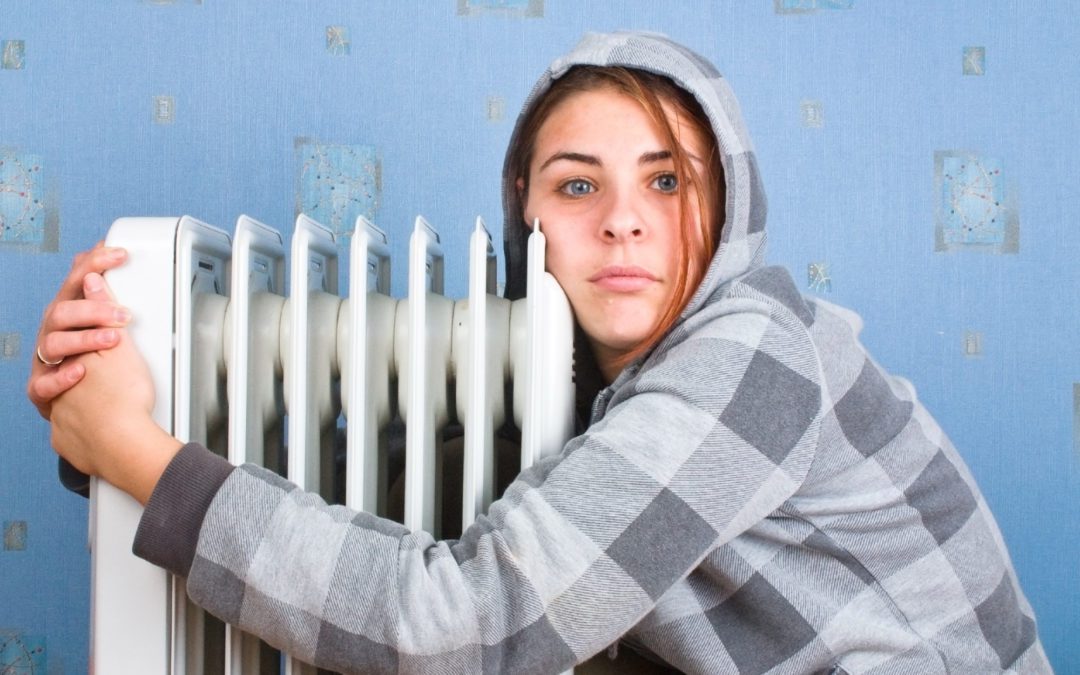Cold days are horrible, especially when you have a problem with your heating system. Imagine enduring winter without a functioning heater. Whether you have a heat pump or gas furnace, you’re faced with a severe problem when it breaks down. Apart from pulling out the heavy jackets and space heaters, everyone inside the house feels uncomfortable, and all you can hear is the sound of complaints. You get on your knees and ask your HVAC system, “Why won’t my heat come on?”
There could be several issues contributing to the lack of heat coming through your system. The most common complaint that HVAC technicians receive deals with the thermostat clicking, but there’s no reaction after the sound.
The first step that you should take is inspecting the thermostat. The thermostat may be on the incorrect setting, so you need to turn up the temperature considerably to test the system. Other settings on the thermostat matter, so you should ensure that you’ve toggled to the correct setting for the season. Colder months should read “heat” or “auto” on your thermostat. It would help if you also turned the fan on to “on” or “auto”.
If the thermostat is clicking, but there isn’t warm air coming through, you must inspect the breaker. Homeowners tend to forget this, but the issue is likely the breaker if you had an electricity surge. Homes that have gas furnaces should ensure that the valves are opened. If you can smell the gas, you need to urgently call an HVAC technician as the gas line may have a leak. You should leave gas leaks to the professionals since it’s dangerous to handle.
Lack of maintenance is probably the number one reason your heat isn’t working. Dirty filters can lead the heat exchanger to overheat and shut down. Consequently, soot builds up on the exchanger making the furnace less efficient. It’s essential to replace the filter at least once a month. Do a small test by holding up the filter to see if light passes through easily. If it doesn’t, it’s time to change the filter. Additionally, pleated filters have a lifespan of three months, but you should inspect them every month.
A dirty blower motor is another factor that contributes to system failure. The heat exchanger requires cool air to prevent overheating, so when the motor is dirty, there isn’t enough cool air for the exchanger resulting in a breakdown. Similarly, dirty flame sensors won’t sense the flame and allow you to light the burners. Without frequent maintenance, a thick layer of dirt forms on the sensor.
When a technician hasn’t calibrated the furnace, it may burn too much gas. Over an extended period, you may see an increase in your gas bills or the furnace ends up overheating and cycles on a limit switch. A professional must inspect the furnace and perform a combustion analysis.
A dead blower capacitor is another element that could be the answer to the question, “why won’t my heat come on?” The capacitor is responsible for reacting to the thermostat setting and starting the furnace. These components have tolerance levels, and if it doesn’t meet a particular standard, the blower won’t deliver the ideal RPM. The result is the capacitor won’t trigger the blower, which can cause it to malfunction. An HVAC technician must inspect the tolerance levels during their routine inspections.
If you’re using a heat pump, the refrigerant levels may be too low. Consequently, heat strips come on more often, leading to higher bills and overheating of the compressor. It’s far more affordable to replace the refrigerant than the compressor.
Gas furnaces won’t start if you have a dirty or faulty pilot light. If you have some mechanical knowledge, you can sort this issue out by turning off the gas supply and the power. Locate the pilot light at the front of the unit. After removing the pilot light, gently clean it with medium-grain sandpaper. Reattach the parts and turn the switches on; if you find that the air still isn’t warm, it’s time to call in the professionals.
During winter, the furnace can drain several gallons of water per day. However, if the drain lines become filled with mold or sediment, the furnace will likely stop working. Inspect the drain hose to see if it’s dirty, remove it, and use a mixture of bleach and water to fill it up while allowing it to work for a few minutes. Finally, flush it out to clean the drain hose and reconnect it to see if the system works.
Furnace vents located outside are prone to leaves and other debris blocking the intake. If you have a screen mesh covering your pipes, consider using a half-inch mesh hardware cloth. Sometimes, ice could clog these pipes, in which case you should call a competent contractor.
If you find that none of these troubleshooting points answers the question, “why won’t my heat come on?” it’s best to call your local HVAC technician to assist.

